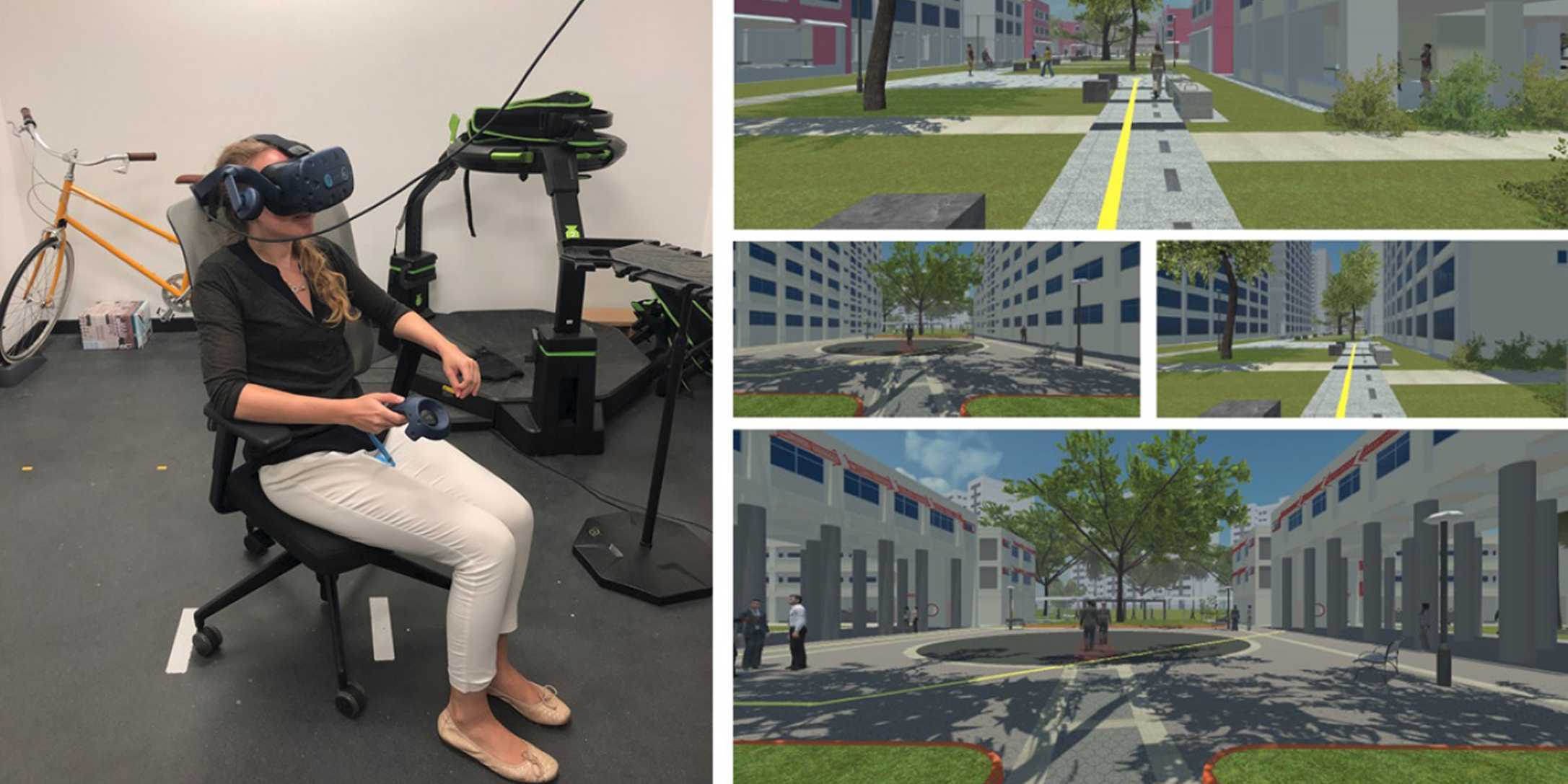
Global Seminar | How urban design can influence walkability: A virtual reality experiment
31 Aug | Do attractive environmental features increase walkability in urban areas? Heidi Silvennoinen outlines the implications of her virtual reality experiment on urban planning and design.
Date: Wed, 31 August 2022
Time: 5-6pm (SGT)
Location: Value Lab Asia, Future Cities Laboratory, 06-01 CREATE Tower, 1 CREATE Way, Singapore 138602 (In-person)
Registration link: external page Eventbrite
Meeting Link: external page https://ethz.zoom.us/j/61829419025
Meeting ID: 618 2941 9025
Future Cities Lab (FCL) Global Seminars
Ideas, discussion and thinking on sustainable cities and settlement systems at the intersection of science, design, place and time.
How Urban Design can Influence Walkability: A Virtual Reality Experiment
Walkability has become an important theme in urban research and urban design practice due to potential environmental, public health and social benefits. Evidence suggests that environmental attractiveness can have a significant impact on the amount of walking activities that take place, but relatively little research exists on which environmental features linked to attractiveness increase walkability. This talk describes a virtual reality experiment on environmental features that influence walkability in the context of Singapore, focusing on three key features identified by the classic urban design theorist Jan Gehl: liveliness, high-quality façades, and low buildings. The talk will provide an overview of the current knowledge on urban design and walkability, describe the virtual reality experiment and its results, and discuss implications for urban planning and urban analytics.
external page Register now to find out more.
Presenter
Heidi Silvennoinen
Researcher at the Cities Knowledge Graph team, FCL Global, Singapore-ETH Centre